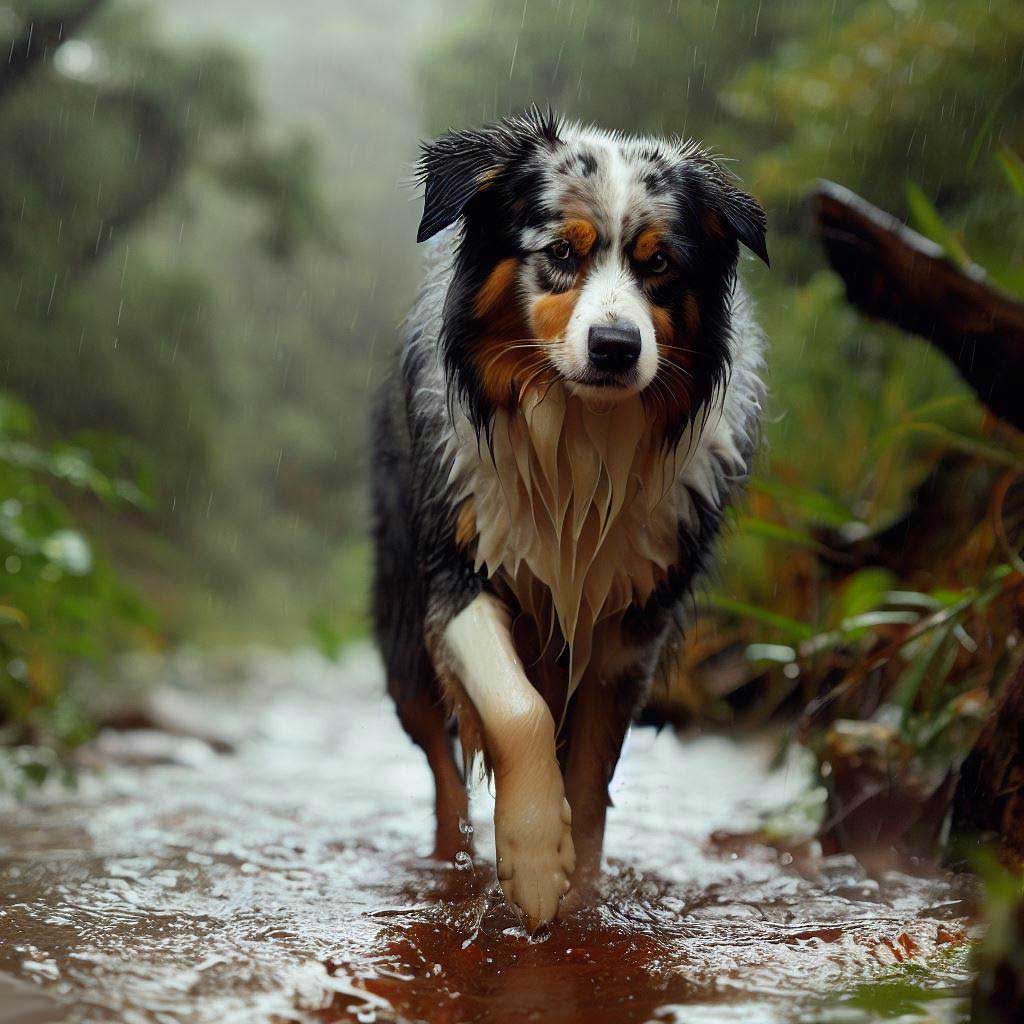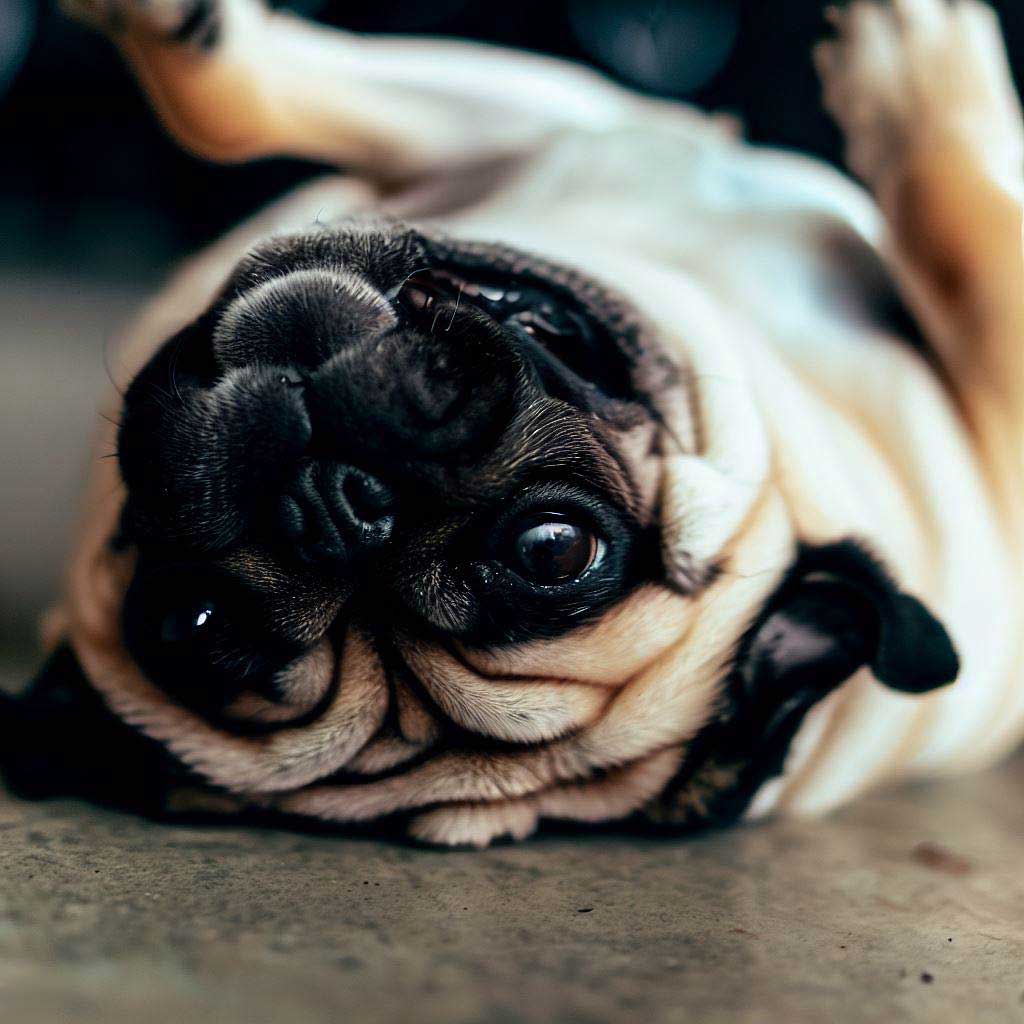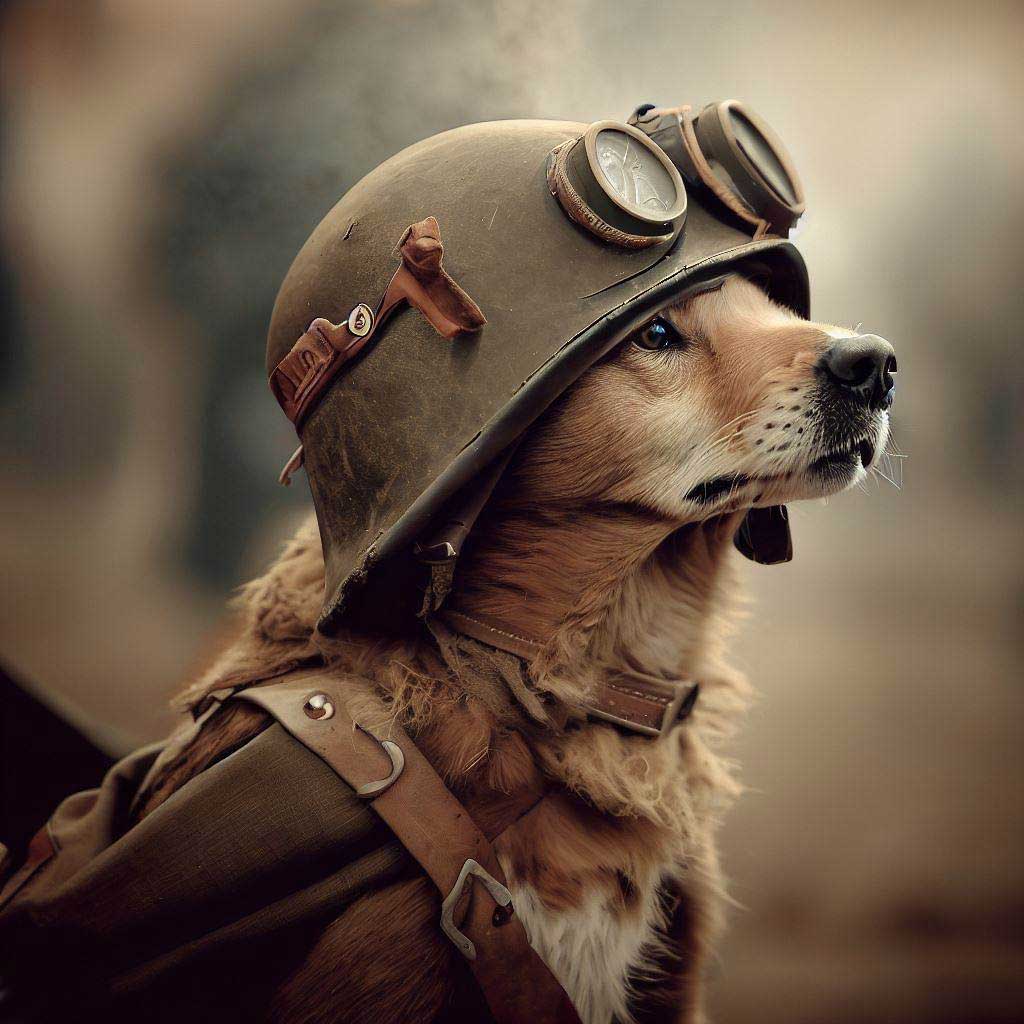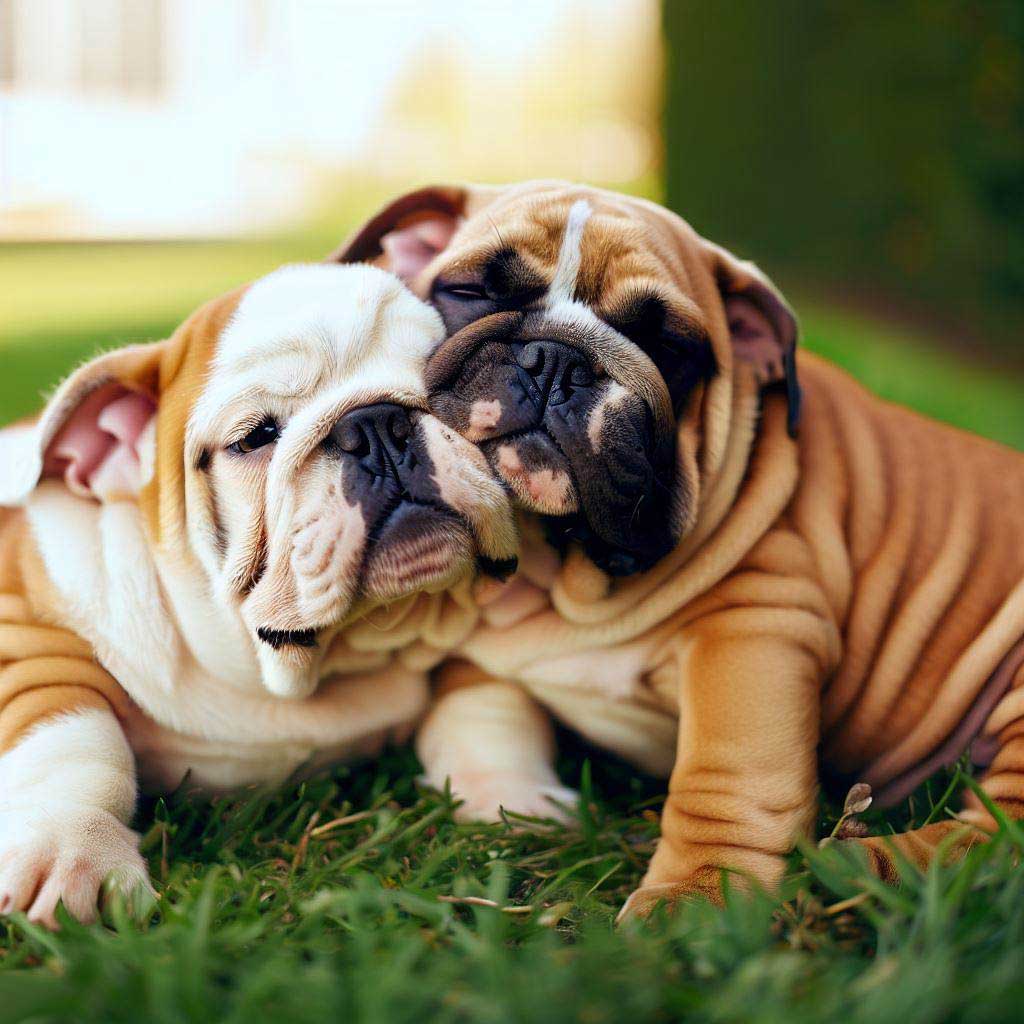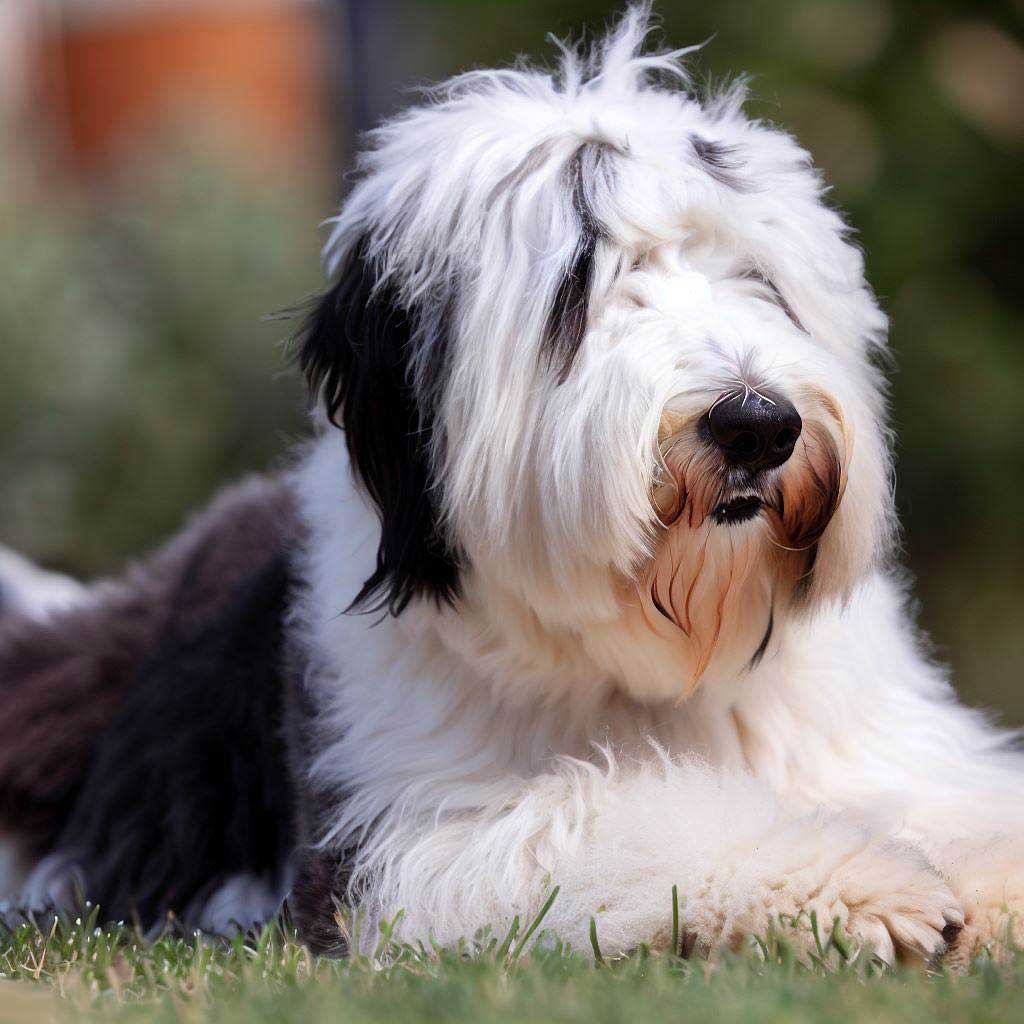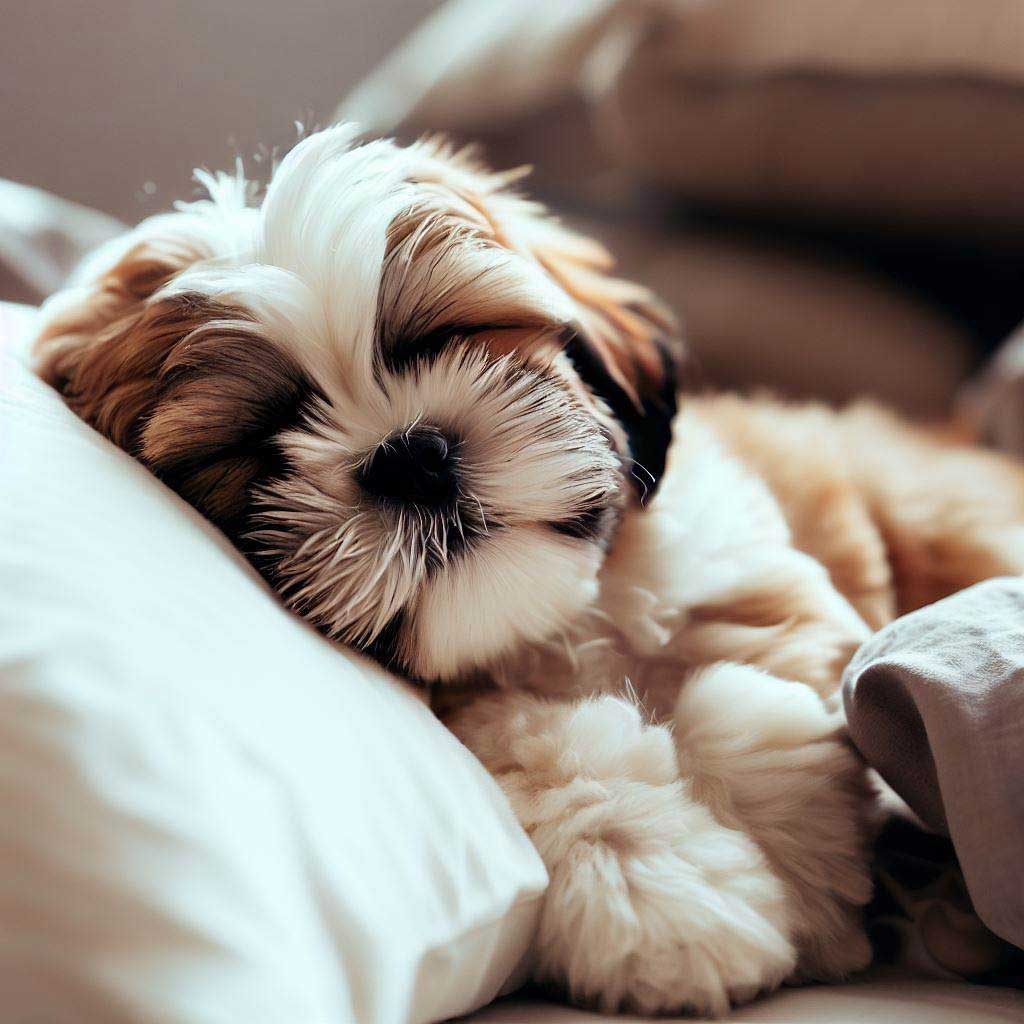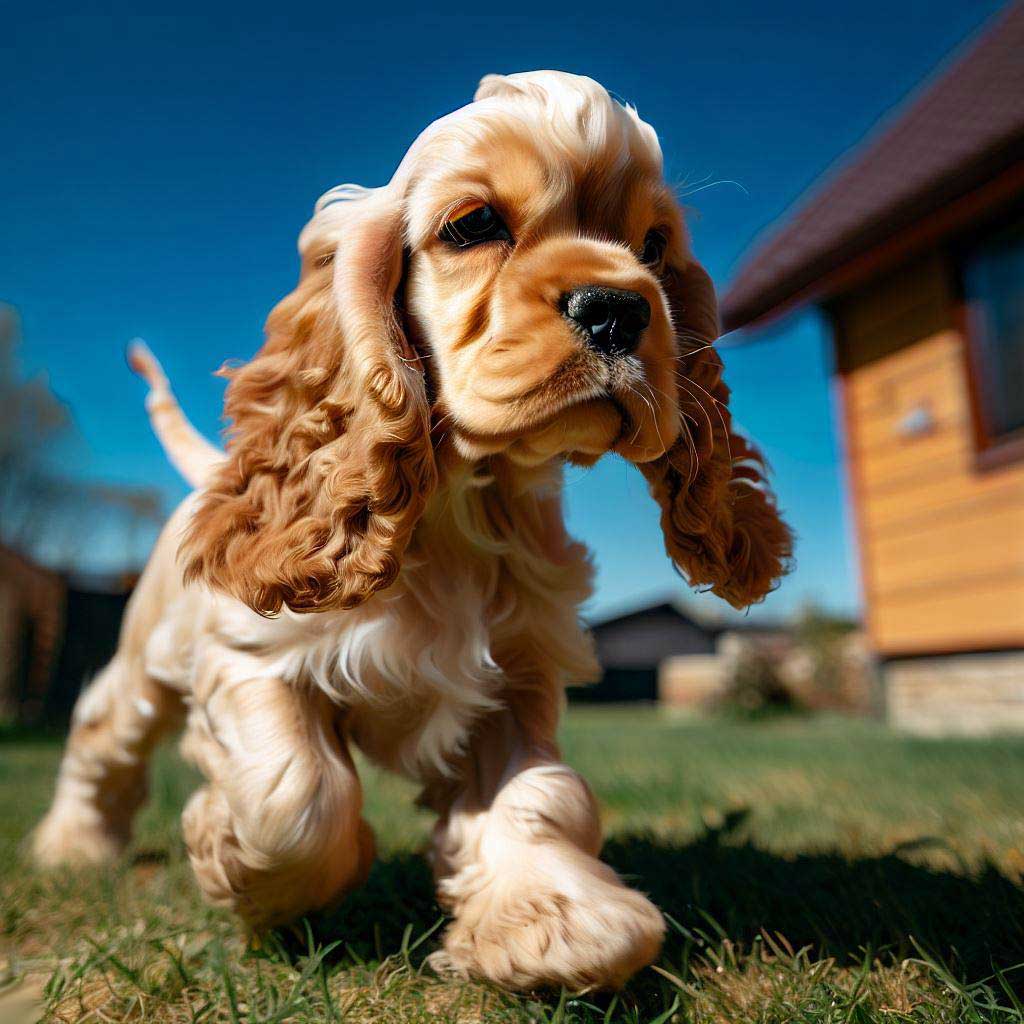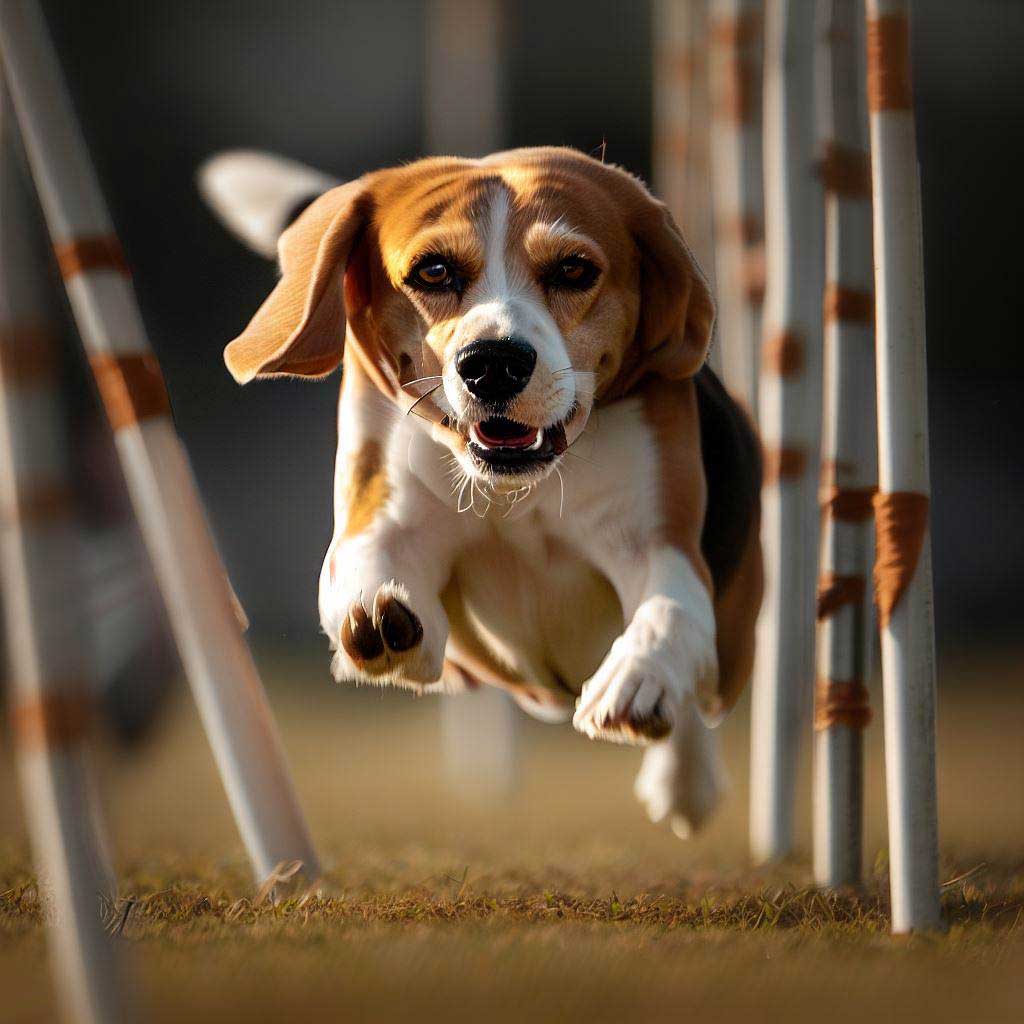Table of Contents
ToggleThe Quick Solution to Puppy Jumping
The key to how to train a puppy not to jump on you lies in consistency, timing, and positive reinforcement. Jumping is often a sign of excitement or a plea for attention. Nip it in the bud, and your future self will thank you.
Why Puppies Jump
Before diving into training methods, it’s important to know why puppies jump. It’s their way of saying hello, seeking your attention, or even an unintended consequence of previous training mishaps. Understanding the ‘why’ can make the ‘how’ more effective.
- Attention Seeking: Your puppy loves you and wants to be near your face.
- Excitement: They can’t contain their joy and it bursts out as jumps.
- Lack of Discipline: Maybe previous owners encouraged this behavior.
The Tools You Need
Arm yourself with the right tools. It’s the equivalent of entering a battle with a full arsenal.
- Treats: Choose healthy treats that your puppy loves.
- Clicker: A great tool for clicker training, which we’ll get into.
- Leash: For controlled exercises.
The Basic Commands
Before you tackle jumping, your pup should master basic commands like “sit,” “stay,” and “come.” These commands set the stage for specialized training.
- Sit: The classic command to promote calmness.
- Stay: Perfect for keeping your pup in place.
- Come: Useful to call them back when they’re gearing up for a jump.
Techniques to Stop Jumping
Alright, let’s jump into the real deal—no pun intended.
Positive Reinforcement
Every time your pup’s all four paws are on the ground, click that clicker and toss a treat. It’s like hitting the jackpot for them!
The ‘Off’ Command
Teach them the ‘off’ command. Say it firmly but without yelling. Guide them off with a light leash tug. Reward compliance immediately.
Redirection
If your pup jumps, redirect their energy. Ask for a ‘sit’ or a ‘stay’—commands they already know—and reward that behavior instead.
A Little Extra Help
If you’re struggling, you’re not alone. Luckily, there are online dog training courses to turn the tables in your favor. Take a look at our article, “Best Online Dog Training Courses: Any Dog Will Love.” We’ve reviewed 15 of them and picked the top 3 most effective ones.
Consistency Is Key
It’s not enough to know How to Train a Puppy Not to Jump On You. Consistency from every family member is crucial. Set rules and ensure everyone sticks to them.
Troubleshooting
If training is proving tougher than expected, assess:
- Timing: Are you rewarding too late? Timing is crucial.
- Consistency: Is everyone in the household on the same page?
- Distractions: A noisy environment can make it hard for your pup to focus.
Final Thoughts
Remember, the key to how to train a puppy not to jump on you is consistency, timing, and a heap of positive reinforcement. Sometimes it’s a test of your patience, not just your pup’s skills. But hang in there; the adorable, well-behaved furball that emerges will be worth every minute. You’re not just teaching them not to jump; you’re setting the stage for a lifetime of good behavior.
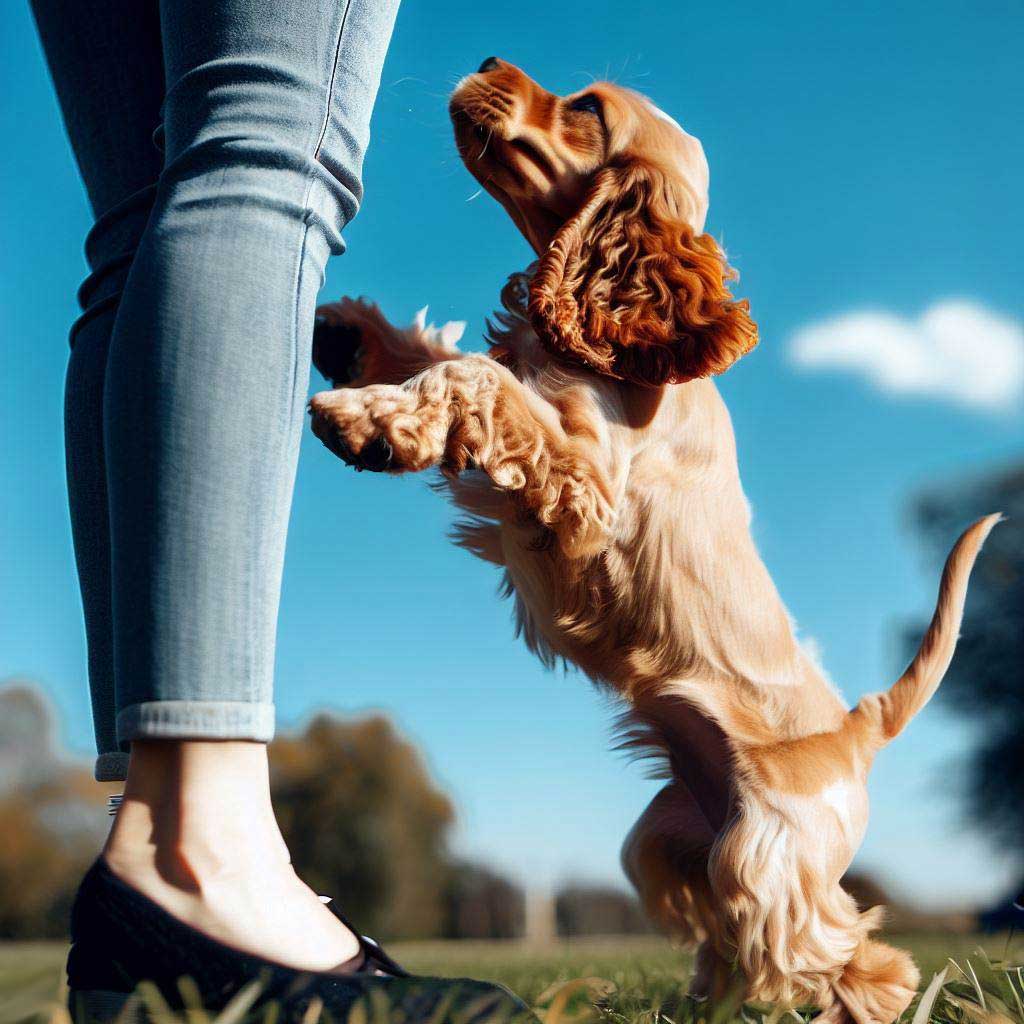
Explore More of Our Puppy Training Guides
How to Train a Puppy: If you’re at the beginning of your puppy parenting journey, our comprehensive guide is a must-read for foundational training techniques.
How to Stop Puppy Biting: Nipping and biting can become problematic behaviors if not addressed early. Our expert advice will help you turn those sharp little teeth towards toys, not hands.
How to Crate Train a Puppy: Creating a safe space for your pup is essential. Learn how to make the crate a welcoming place that fosters both safety and independence.
How to Train a Puppy to Walk on a Leash: Leash skills are critical for any puppy parent who wants stress-free walks. Discover our top tips for smooth strolls with your fur baby.
Each article is packed with expert tips and methods, ensuring you and your pup build a harmonious relationship from the get-go.
FAQ: How to Train a Puppy Not to Jump On You
Why does my puppy keep jumping at me?
Your puppy jumps at you primarily for attention or out of excitement. It’s a form of communication, signaling they want to interact with you. Understanding the root cause can help tailor your training approach.
How do you teach a puppy no?
Teaching the ‘no’ command involves consistent, positive reinforcement training. Use a firm but non-threatening voice to say “no” and guide them away from the unwanted behavior. Follow up with a treat or praise when they comply.
Why does my puppy jump on me and try to bite me?
Jumping and biting together are heightened forms of seeking interaction and play. Your puppy may not understand the boundaries of acceptable behavior yet, which is why training is crucial.
Why does my puppy jump and bite me when excited?
Excitement can cause puppies to lose control over their actions. The combined jumping and biting are exaggerated forms of greeting or play and can be tamed through consistent training techniques.
What is the no command for a dog?
The ‘no’ command is a basic obedience command used to stop undesirable behavior immediately. It should be said in a firm, clear voice without yelling, followed by redirecting to an appropriate behavior.
How long does it take a puppy to learn what ‘no’ means?
The time it takes to teach a ‘no’ command varies, but with consistent training, most puppies start to understand within a week or two. The key is consistency and immediate positive reinforcement.
What age does a puppy learn ‘no’?
Puppies as young as 8 weeks old can start learning basic commands like ‘no’. However, younger pups might take a bit longer to fully grasp the concept.
How do I stop my puppy from jumping and biting my face?
Combining the ‘off’ command with redirection techniques works well. When your puppy jumps and aims for your face, say “off,” gently guide them down with a leash, and redirect them to sit or focus on a toy.
Why does my puppy snap at me when I say ‘no’?
Snapping can occur if the ‘no’ command is delivered in a way that scares or confuses the puppy. Make sure you use a firm but non-threatening tone. Pair it with positive reinforcement for effective results.
How do I stop my puppy from jumping and biting my legs?
Use the ‘off’ command paired with redirection. As soon as your puppy jumps and bites, say “off” and guide them down using a leash. Redirect their attention to a sit or a toy, and reward their compliance.
Each of these questions is crucial for understanding How to Train a Puppy Not to Jump On You. For more extensive insights, refer to our other articles or consider enrolling in one of the top online dog training courses reviewed in our guide.


